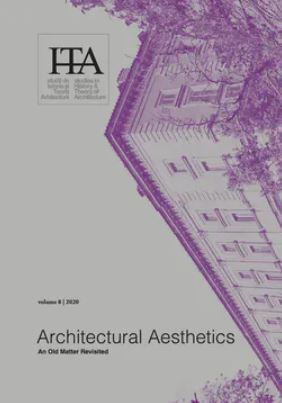Feeling Colder: Ecology, Aesthetic and the Design of the Man-made Environment in the Early 1970s
Feeling Colder: Ecology, Aesthetic and the Design of the Man-made Environment in the Early 1970s
Author(s): Manuel Rodrigo de la O CabreraSubject(s): Architecture, Aesthetics, Post-War period (1950 - 1989), Phenomenology, History of Art
Published by: Universitatea de Arhitectură şi Urbanism »Ion Mincu«
Keywords: environmental aesthetics; environmental art; aesthetic experience; phenomenology; energy; ecology; Lowry Burgess;
Summary/Abstract: The environmental paradigm has resonated in architecture since we began learning about the magnitude of climate and socioeconomic change and its repercussions on the world. We now know that we have entered a new geological era, the Anthropocene, in which human beings have definitively incorporated themselves as another force shaping the terrestrial ecosystems. Faced with this challenging ecological context, the environmental paradigm in architecture is often presented in relation to designs that are defined in terms of efficiency and sustainability. However, its potential is significantly diminished when limited to this purely instrumental perspective. The ecological challenge not only compels us to seek out correct scientific indicators, but – as Bruno Latour points out – to also question at an existential level, “what does it mean to be morally responsible in the time of the Anthropocene?” In this context, the contribution of art is necessary to bridge the gap, or “the total disconnect between the range, nature, and scale of the phenomenon and the set of emotions, habits of thoughts, and feelings that would be necessary to handle those crises.” This means that the ecological challenge includes the emergence of sensations, and is therefore also an aesthetic problem. In this paper, I will attempt to present the idea of an environmental aesthetic through which architecture finds itself in a position to address this urgency. To do so, I will recall the indisputable power of architecture, in its function as a form of art, to create cultural products with interpretative authority; that is, to provide representative examples in distinguishable and interpretable ways.
Journal: sITA – studii de Istoria şi Teoria Arhitecturii
- Issue Year: 2020
- Issue No: 8
- Page Range: 265-278
- Page Count: 14
- Language: English

